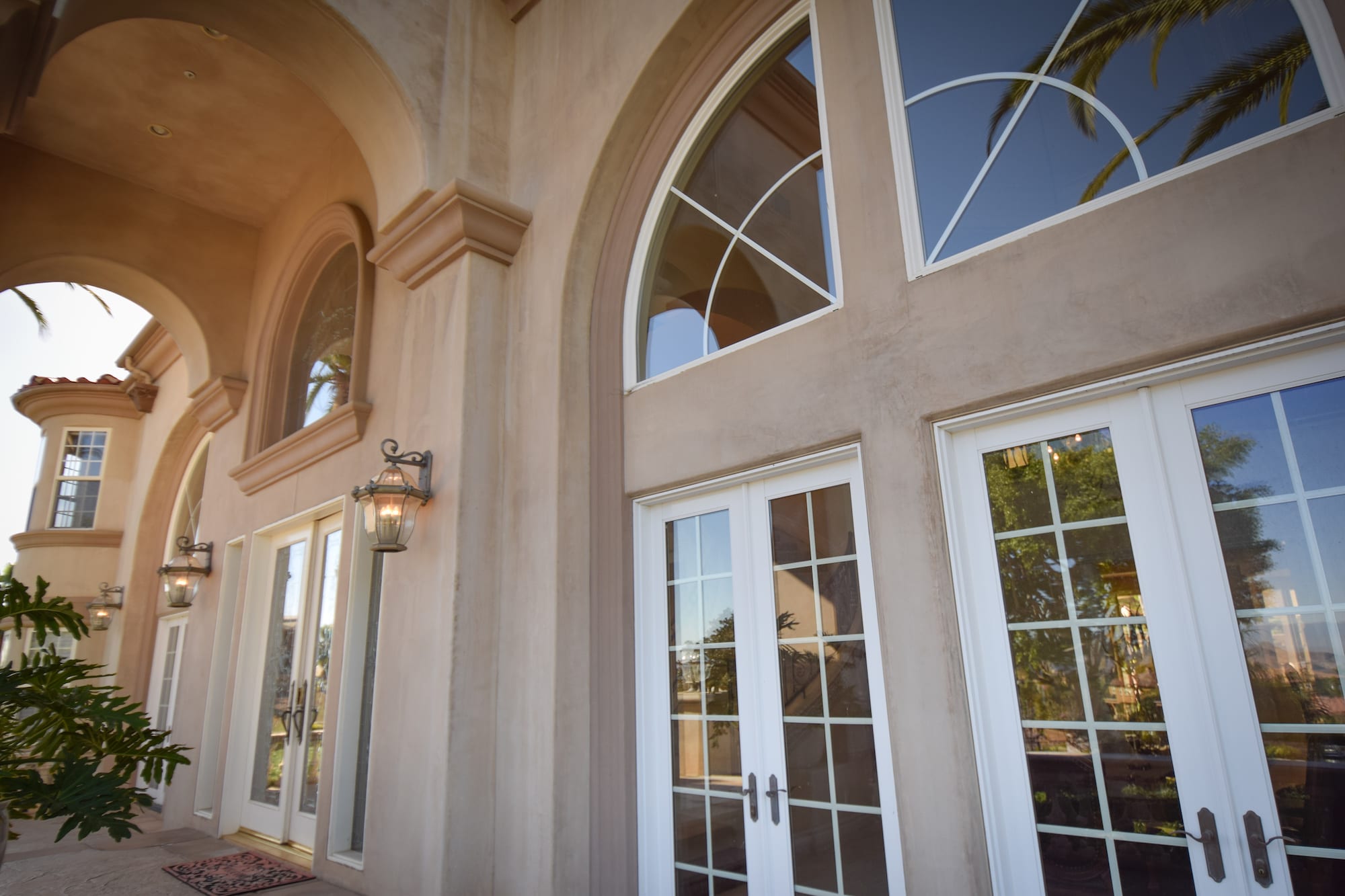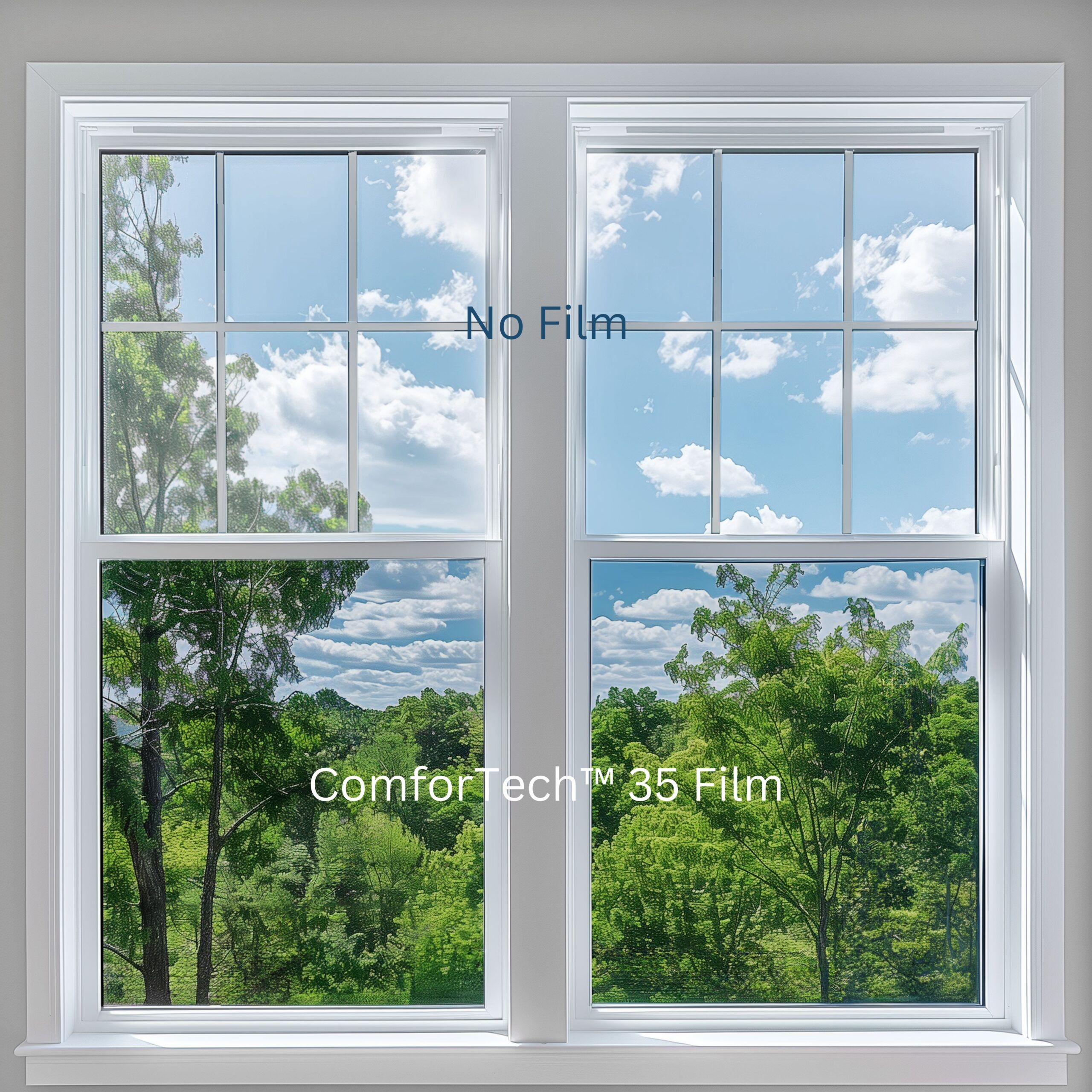Residential Window Tint: An Overview to Choosing the Right Color
Residential Window Tint: An Overview to Choosing the Right Color
Blog Article
Choosing the Right Residential Home Window Tint for Style, Convenience, and Security
Choosing the appropriate property home window color includes a mindful analysis of various factors that contribute to both aesthetic appeal and useful benefits. As you think about these aspects, it ends up being vital to recognize the subtleties of various window tinting movies and how they align with your specific needs and preferences.
Kinds Of Home Window Tinting Movies
When choosing window tinting films for residential usage, it is important to recognize the numerous kinds offered, as each offers distinct advantages and attributes. One of the most typical types include colored, metalized, ceramic, and crossbreed films.
Dyed home window films are largely developed for visual appeals, giving a darker appearance that boosts privacy and lowers glare. Metalized movies incorporate tiny metal fragments, showing heat and boosting energy performance while also giving added personal privacy.
Ceramic films are a premium alternative, utilizing innovative technology to block warmth and UV rays without jeopardizing presence. They are non-reflective, making them an outstanding selection for property owners seeking energy performance without altering the home's exterior look.
Crossbreed films combine aspects of colored and metalized films, providing an equilibrium of performance and affordability. These movies give enhanced warm being rejected while keeping a level of aesthetic charm.
Choosing the proper kind of home window tinting movie depends on aspects such as preferred capability, budget plan, and individual choice, making informed options critical for optimal results.
Benefits of Residential Window Tint

Additionally, home window tint can block harmful ultraviolet (UV) rays, which are understood to create skin damage and discolor furnishings. By straining these rays, residents can safeguard their wellness and prolong the life of their indoor decor. Improved personal privacy is another crucial advantage; tinted windows permit homeowners to enjoy their sights without endangering their personal area, including an extra layer of safety and security.
Domestic home window tinting can improve the aesthetic allure of a home, supplying a sleek, modern-day appearance while complementing building styles. Overall, these benefits make residential home window tinting a smart financial investment for improving power, safety, and convenience efficiency.

Selecting the right window color for a home entails numerous critical factors that can considerably influence both functionality and aesthetic allure. Consider the degree of warmth decrease and energy efficiency desired. Various colors provide varying degrees of solar warmth obstruction, which can affect cooling costs and interior comfort.
Another essential factor is UV defense. High-grade home window tints can obstruct as much as 99% of damaging ultraviolet rays, protecting both the indoor home furnishings and the health and wellness of occupants. In addition, the color's visible light transmission (VLT) is critical; this determines just how much all-natural light goes into the space and can influence the atmosphere.
Resilience and service warranty are likewise important factors to consider. Search for items that are scratch-resistant and included a strong guarantee, ensuring long life and protection versus fading or peeling. Regional regulations and house owner association guidelines might dictate certain tinting alternatives, making it important to validate compliance.
Finally, take into consideration the installation procedure, as specialist installation can make sure optimum performance and appearance - Residential Window Tint. By taking these variables into account, house owners can make educated choices that enhance both comfort and safety and security within their living spaces
Aesthetic Choices for Your Home
Visual factors to consider play a significant role in selecting home window color for your home, as the right tint can improve both the outside and indoor look. Window tints are offered in a range of shades and tones, permitting property owners to choose choices that match their building design and shade scheme. As an example, lighter tints can provide a subtle, stylish look while preserving a clear view, whereas darker tints can produce a remarkable impact and add a contemporary touch.
Moreover, decorative films are an outstanding choice for those seeking an unique visual. These movies can be found in numerous patterns and appearances, enabling homeowners to add tailored panache to their home windows - Residential Window Tint. Frosted or etched styles can provide privacy while still permitting all-natural light to filter with, making them optimal for restrooms or private rooms

Setup and Upkeep Tips
Exactly how can house owners guarantee a successful installation and durable Get More Info efficiency of their window tint? It is critical to pick an expert installer who has experience with household home window films.
Before installment, it's necessary to clean up the windows extensively, eliminating any dust, dust, or oil that might interfere with attachment. When installed, stay clear of touching or cleaning up the tinted home windows for a minimum of a week to allow the movie to properly established.
For maintenance, make use of a soft microfiber fabric and a gentle, ammonia-free cleaner to protect the tint's quality and appearance. Regularly check the edges for any kind of peeling or damage, resolving problems promptly to avoid further damage. Furthermore, stay clear of subjecting the colored windows to severe temperature levels, as fast adjustments can affect the movie's integrity. Complying with these standards will aid guarantee that your household window color remains effective and elegant for several years to find.
Final Thought
In recap, picking the appropriate domestic home window color entails a comprehensive assessment of different aspects, consisting of kinds of movies, advantages, these details and visual alternatives. Focusing on warm reduction, UV security, and visible light transmission contributes to improved convenience and security within the home. Guaranteeing top click reference quality materials and professional installation can dramatically influence longevity and total efficiency. By thoroughly thinking about these elements, home owners can attain an ideal balance of style, convenience, and security in their living environments.
As you think about these elements, it comes to be important to understand the subtleties of different home window tinting films and exactly how they align with your details requirements and choices.
Residential window tinting deals a range of advantages that enhance both convenience and efficiency within the home. On the whole, these benefits make household window tinting a smart investment for improving energy, convenience, and safety effectiveness.
Visual considerations play a substantial role in selecting home window tint for your home, as the appropriate tint can improve both the outside and interior appearance.In recap, selecting the suitable household home window tint includes a thorough evaluation of different variables, consisting of types of films, advantages, and visual alternatives.
Report this page